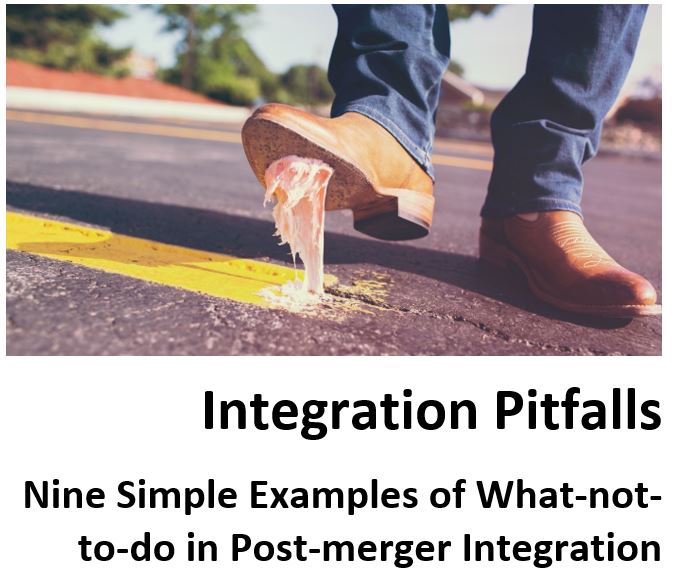Maybe you have contacted a consultancy firm you are working with, or reached out to an agency supposedly specialized in providing the exact right candidate for your post-merger integration project. That’s great – because you have already internalized one of my nine key rules for a successful post-merger integration, namely
Rule #4: Resource your program with top people.
Gladly, I receive calls from those consultancy firms and agencies very regularly (I mean – c’mon, that’s my business model) because it is not them who will support you, but people like myself: The true experts.
Let me give you an example: Recently, I have been called with a project inquiry. The agency read a project brief to me, but couldn’t say whether the target would be acquired in full, or whether we were talking about some sort of limited investment. Moreover, the request was for a three-month integration period, phasing out the consultant gradually towards the end. Yet, there was no clear picture of what the target operating model should look like, let go the investor had an integration plan. Clearly, neither client nor agency had a realistic view on complexity and implementation timeline for a project like this. Oddly, more than half of the conversation was circling around terms and conditions, including my daily rate and potential travel expenses, indicating the agency was a lot more concerned with making their cut than with helping the client solve a problem of strategic dimension.
It took me five minutes to understand the client was setting up himself for failure, and that he needed profound consulting from someone seasoned with the experience of several PMI projects, from design to execution. More concerning, it took me only two minutes to comprehend that those supposed to provide the client with expert support had no clue what they were talking about.
A failed PMI project is not only costly, it can take down an entire business, alongside with its management. So please, dear potential clients, be sure to hook up with someone who takes a genuine interest in your business, and demonstrates at least a basic understanding of the challenge you are facing. At times, this might not be the consultant or agency you (or your procurement department) are used to work with. Google is your friend.
For your needs in post-merger integration or carve-out, you don’t even have to google – the expert is right here, at your fingertips.








